Popular on Food52
Continue After Advertisement
15 Comments
Avon L.
September 8, 2018
Thank you for this Ali, I'm inspired to go back to my hippie days and ways. Echo Horizon remembers you, fondly !
Donna B.
January 4, 2018
I did this all the time in the 70’s....always put on sandwichs for kids lunch. Seeds were purchased in a small co op I belonged to but where can I get the seeds now?! My local health food store just closed. Help! Donna
beejay45
January 24, 2018
Any raw dried seeds or beans that are food safe should be fine. I usually just sprout some from those I've bought to cook. You don't want to use seeds meant for planting because they are often treated or coated in some way to promote germination. Also, they are far more expensive than sees/beans/grains sold for eating. The only time I've bought seeds meant especially for sprouting was when I wanted radish/onion/clover sprouts and they really don't sell those seeds at the market. ;) Great reminder for those of us who've forgotten to sprout for a decade or two. Thanks!
DIDEMHOSGEL
May 23, 2017
hi, my question is do we have to cook after sprouting or they are ready to eat like that?
MichiganDave
March 8, 2017
One question for you: does the water you throw away after the initial soak have any nutritional value? A great article by the way!
manderjoy
October 18, 2016
I see pumpkin seeds aren't listed...but can I sprout those before dehydrating/roasting them?
Bascula
April 15, 2015
I sprout things a few times a year, and have a few suggestions. First, DO keep the sprouting seeds in a dark place like a cupboard. Some sprouts, like alfalfa and clover, benefit from some time in the sun at the end to green them up
I would also recommend a wide-mouth jar rather than the one shown - it will be MUCH easier to remove the expanded volume from the jar.
I would also recommend a wide-mouth jar rather than the one shown - it will be MUCH easier to remove the expanded volume from the jar.
Sini |.
April 14, 2015
What a fabulous guide to sprouting! I'm a bit shocked realizing that I haven't sprouted anything since my childhood... Need to get into it again. The sooner the better! A huge thank you for the inspiration, Ali!
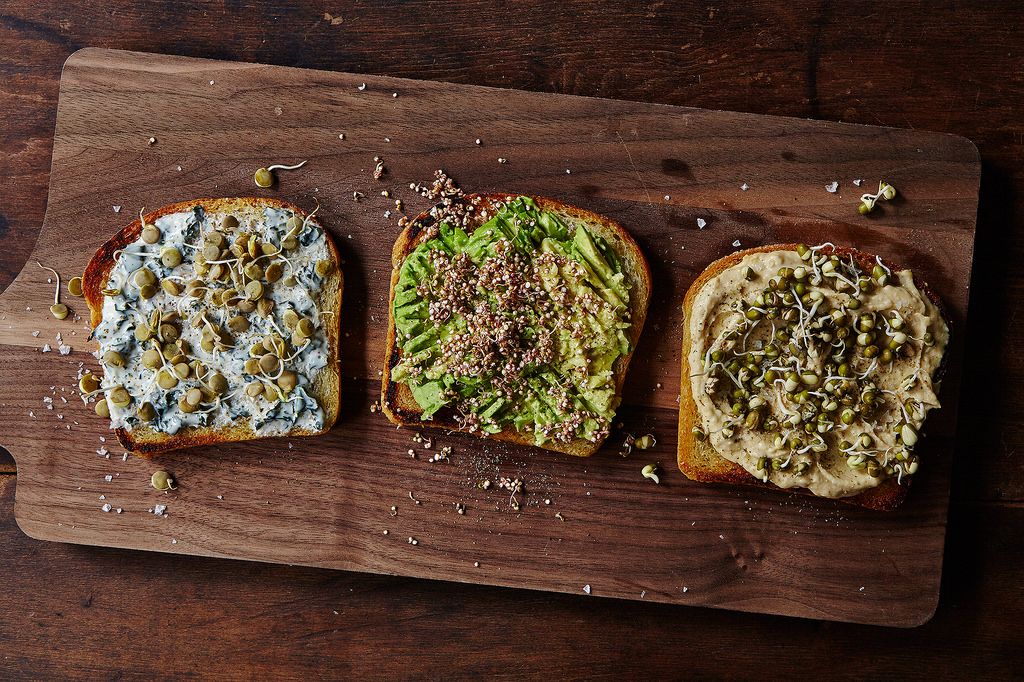
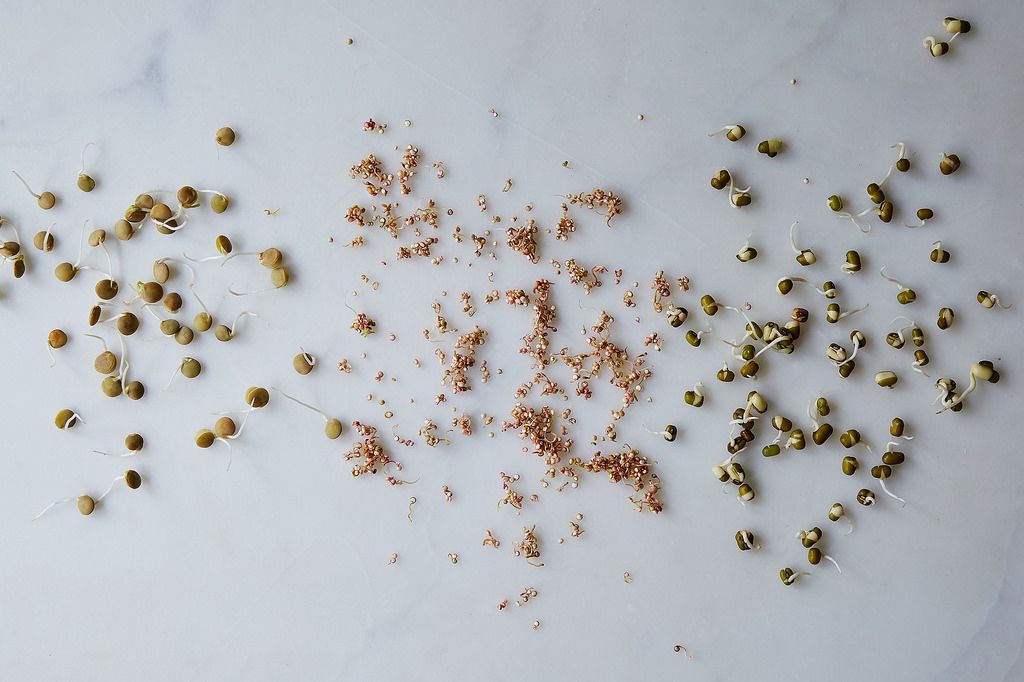
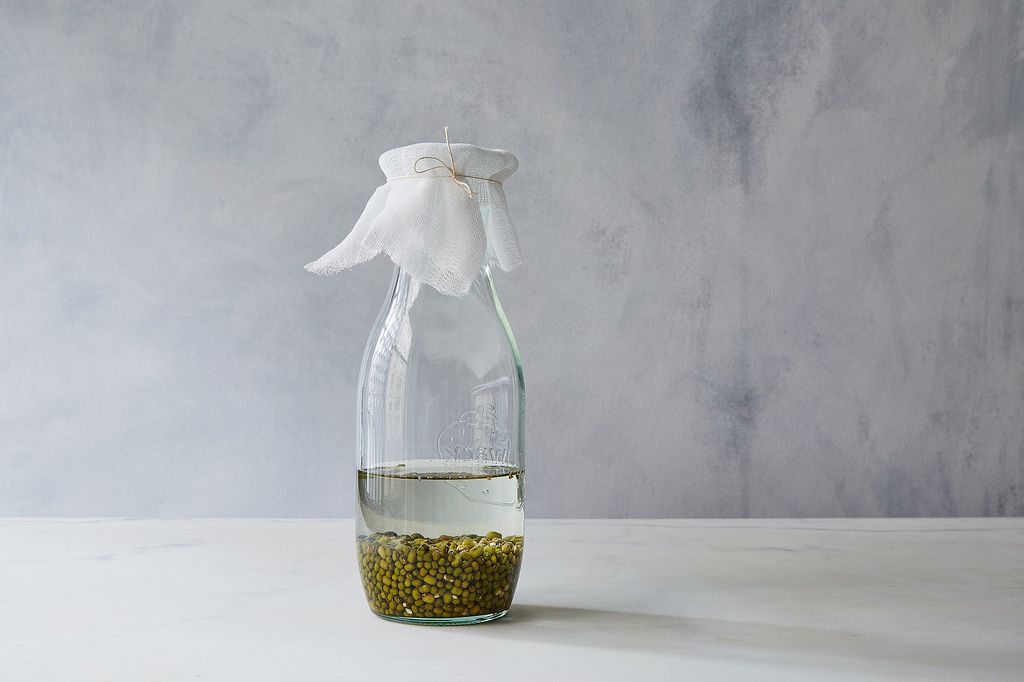
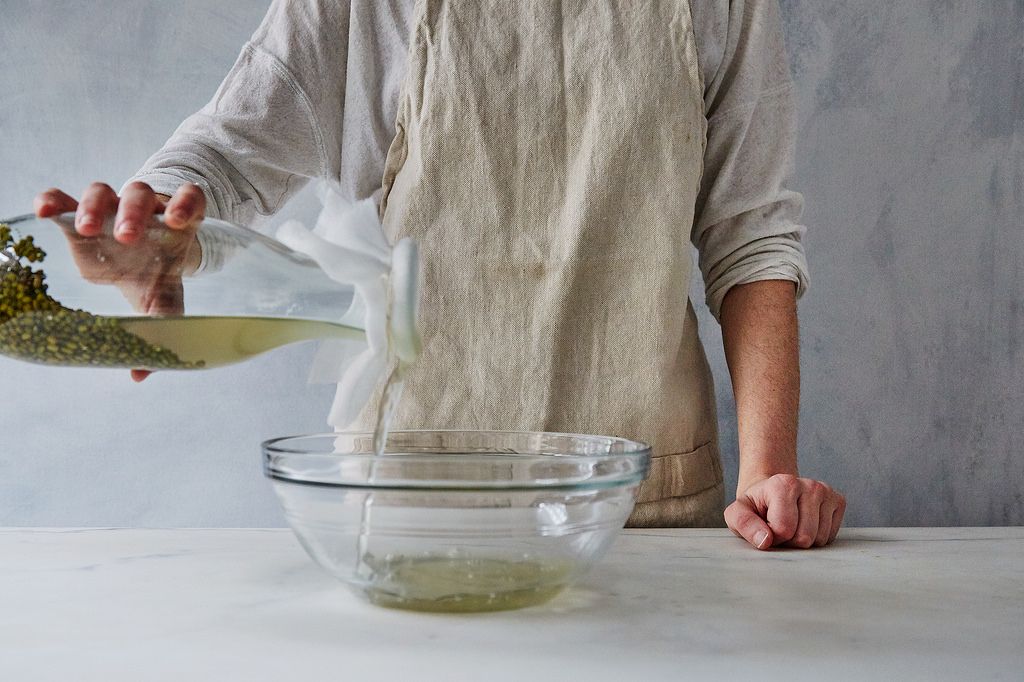
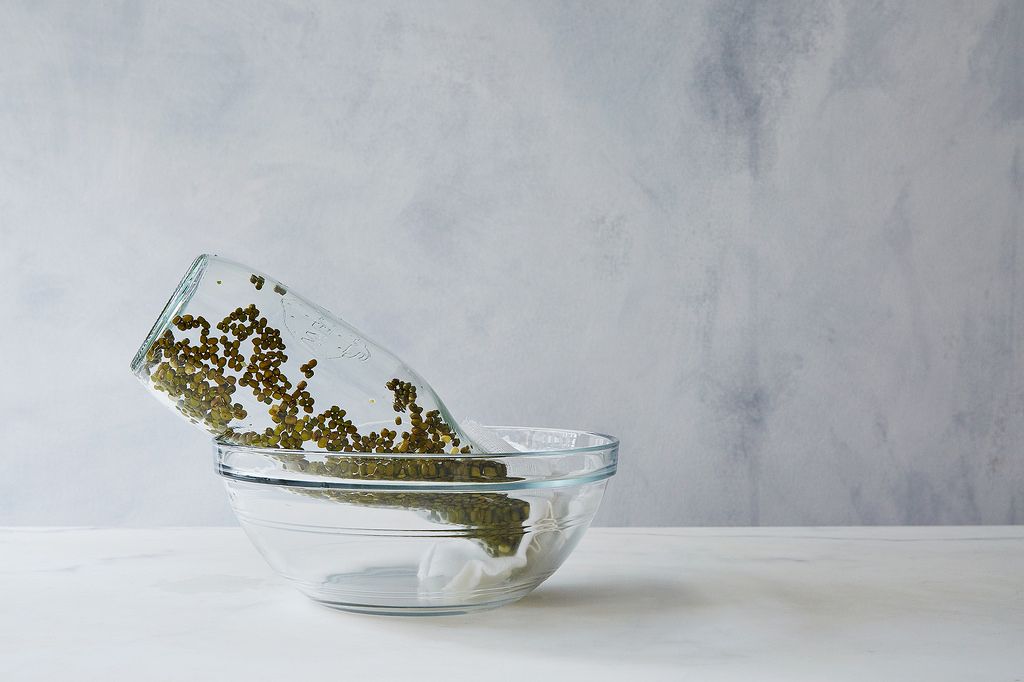
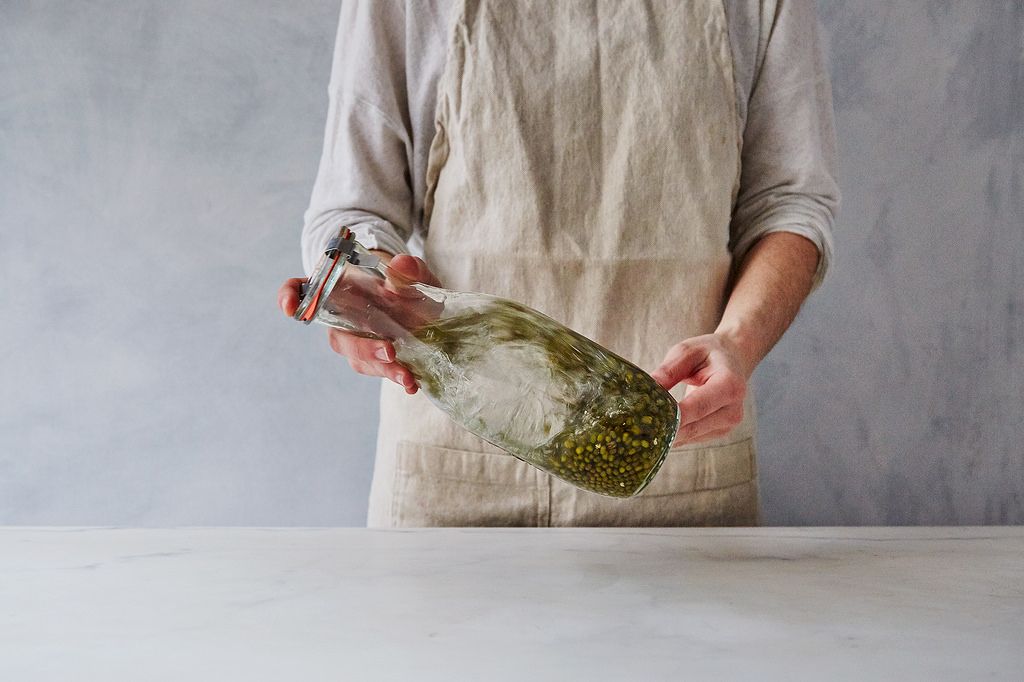
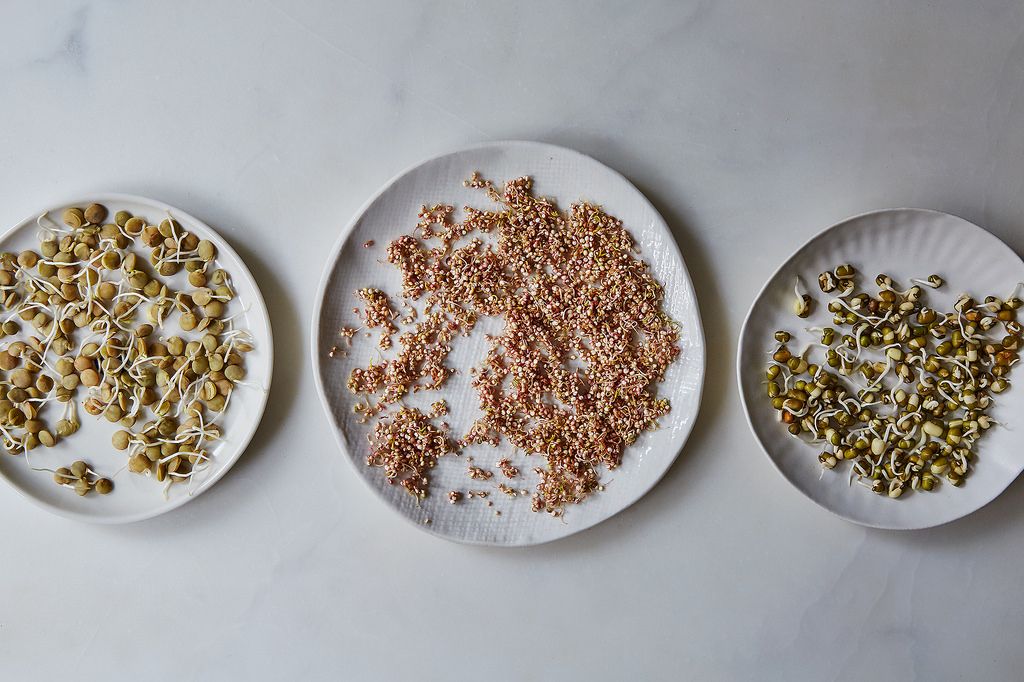

See what other Food52 readers are saying.